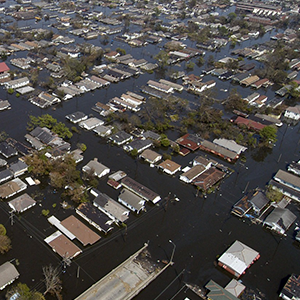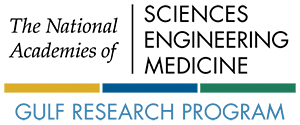

Funded by the National Academies of Sciences, Engineering and Medicine Gulf Research Program
HazardAware
HazardAware is being developed to support hazard data democratization. Our goal is to enable everyone to access hazard, risk, vulnerability, resilience,
and mitigation information so that they can make more informed and safer housing choices and learn how to mitigate hazard losses to their current homes.
HazardAware provides information on natural hazard loss, frequency, and mitigation for residential buildings at a specific address.
Using HazardAware can help you increase your understanding about the risks to a specific property, as well as educate property owners
and renters on what they can do to reduce their losses from hazard events in the future.
This website includes information about many loss-causing hazards, but highlights hazards that have the most impact at a specific address
or within a specific community. Currently, HazardAware can tell users about the historical frequency and loss patterns for various disaster
events including: 100-year flooding, flash flooding, tornadoes, hail events, wind events, hot and cold events, winter hazards, droughts,
hurricane winds, severe storms, lightning, wildfire and sinkholes. The website also provides information about future flooding linked with sea-level rise,
and has a major emphasis on hurricane wind and flooding losses and potential mitigation measures for those hazards.
HazardAware’s historical hazard occurrence data provides information on how frequently each hazard has occurred in the area surrounding a
specific address. Our team built this occurrence dataset by looking back at 30 years of past severe weather, drought, fire, and flood data.
This data was then used to create an average annual occurrence value so that users would know what to expect for any given location in the Gulf Study Area.